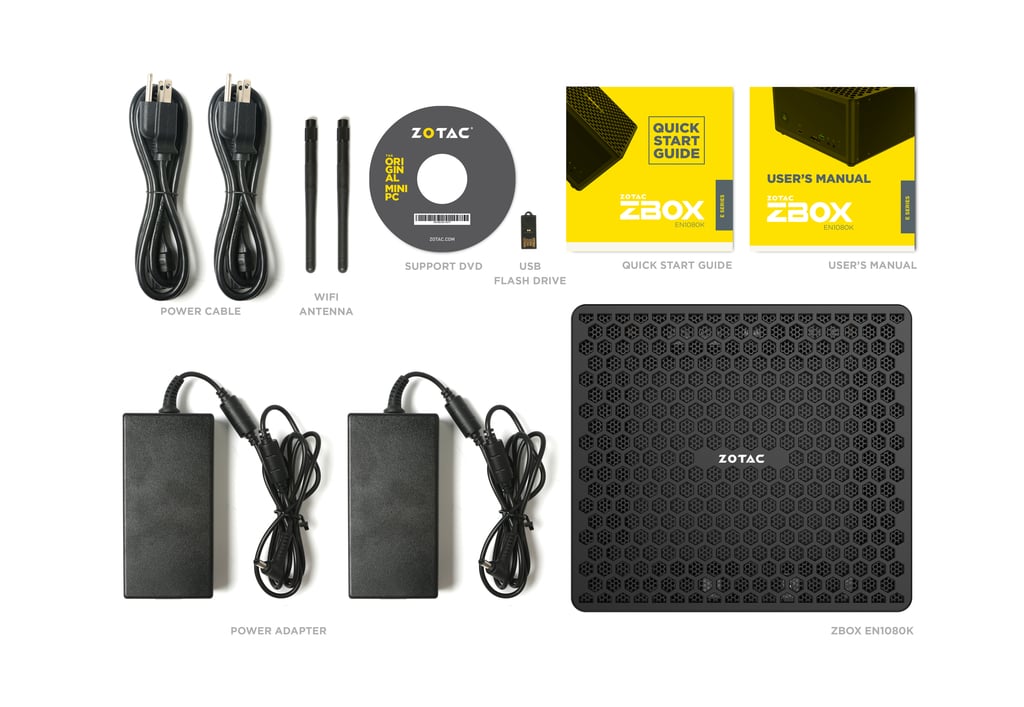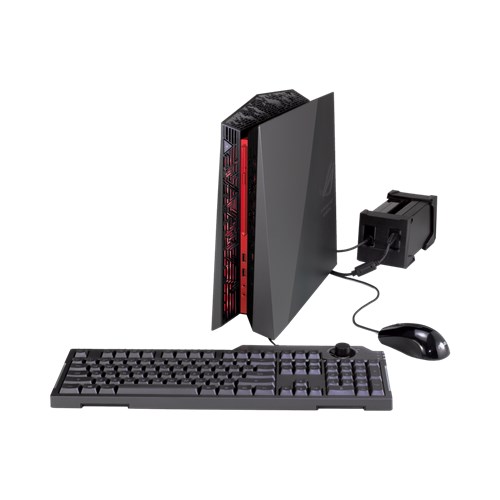Horizons
Newbie level 4
Hello,
Part one :
I have this Question ,
as we know , Most notebooks power adapters are 19.5V output.
While the CPU and GPU works on 12V and the SSD works on 5V . , so the motherboard should have two DC to DC power converters ,
one from 19.5V to 12V for CPU and GPU
and another From 19.5v to 5V for SSD nd harddrives.
mainly the notebook will never need 19.5 V .. so why dont they choose 12V Power supplies for notebooks in General and use 19.5 V power supplies ?
Why bother making two DC to DC inverters instead of just one ?
in case of 12V power supply , they already have 12V ready and just need a DC to DC converter to get the 5V for SSD.
keep in mind that internal desktop power supplies never outputs 19.5 V , it just outputs 12V and 5 V and 3.3 V ... now imagine this power supply external (lol) the place is not a big deal isnt it ?
so back to the main Q , Why all External power supplies used for PC outputs 19.5V and not 12V like in the internal ones ? it makes no sense.
Part Two :
Graphic Cards power ..
As we all know , most mid range to high end Graphics cards needs more power , and they come either with a 6 pins 12 v plug or 8pins 12V plugs for more power it needs (150 watts to 250 watts)
My question is : If I use an external power supply of 12v outputs and plugged it into the Graphic cards direclty , would it work ? or is it better to use the 19.5V notebook external power supply and add a DC to DC converter from 19.5 to 12V and then plug it into the card?
and in case the 12V works , does it need some kind of Board to make that 12V inline with the card voltage specs ? for more stable 12V ? or is it Standardized and it will be within specs ?
some cards like the GTX 1070 needs 150 watts 12V input , and some like the 1080 , 180 Watts , and the 1080 Ti 250 watts.
I can find 150 watts external power with 12V output , but sadly anything more than this outputs 19.5 and needs DC to DC board ... example the DELL Notebooks power supply of 330 watts outputs 19.5 volts ...
Part Three :
some ATX power supplies come modular , and my question is : lets say I use just one 12V plug and ignore the other plugs , can I use the whole wattage from that single plug ? or is there a limitation of each plug watt?
They say it is single Rail (meaning watt is not divided between Vi) but I am concerned about the plug wattage and the wires if they can stand it or not.
Example : I need to power a graphics card of 300 watts .. and I use an ATX power supply with single rail of 350 watts ... the power supply has the motherboard connectors that I will not use , and has only one PCIe 6 pin plug for card .. but since I am not using it for mother board , can I use one port for the whole 300 watts or do I need to take 12 V from the Motherboard plug ?
I can use thicker wires for 300 watts , if the plug on the power supply can stand 300 watts ..
more over , on the PCB of the power supply itself , does it stand 300 watts since it is a single rail or must also be divided between plugs ?
Thanks for your replies .
Part one :
I have this Question ,
as we know , Most notebooks power adapters are 19.5V output.
While the CPU and GPU works on 12V and the SSD works on 5V . , so the motherboard should have two DC to DC power converters ,
one from 19.5V to 12V for CPU and GPU
and another From 19.5v to 5V for SSD nd harddrives.
mainly the notebook will never need 19.5 V .. so why dont they choose 12V Power supplies for notebooks in General and use 19.5 V power supplies ?
Why bother making two DC to DC inverters instead of just one ?
in case of 12V power supply , they already have 12V ready and just need a DC to DC converter to get the 5V for SSD.
keep in mind that internal desktop power supplies never outputs 19.5 V , it just outputs 12V and 5 V and 3.3 V ... now imagine this power supply external (lol) the place is not a big deal isnt it ?
so back to the main Q , Why all External power supplies used for PC outputs 19.5V and not 12V like in the internal ones ? it makes no sense.
Part Two :
Graphic Cards power ..
As we all know , most mid range to high end Graphics cards needs more power , and they come either with a 6 pins 12 v plug or 8pins 12V plugs for more power it needs (150 watts to 250 watts)
My question is : If I use an external power supply of 12v outputs and plugged it into the Graphic cards direclty , would it work ? or is it better to use the 19.5V notebook external power supply and add a DC to DC converter from 19.5 to 12V and then plug it into the card?
and in case the 12V works , does it need some kind of Board to make that 12V inline with the card voltage specs ? for more stable 12V ? or is it Standardized and it will be within specs ?
some cards like the GTX 1070 needs 150 watts 12V input , and some like the 1080 , 180 Watts , and the 1080 Ti 250 watts.
I can find 150 watts external power with 12V output , but sadly anything more than this outputs 19.5 and needs DC to DC board ... example the DELL Notebooks power supply of 330 watts outputs 19.5 volts ...
Part Three :
some ATX power supplies come modular , and my question is : lets say I use just one 12V plug and ignore the other plugs , can I use the whole wattage from that single plug ? or is there a limitation of each plug watt?
They say it is single Rail (meaning watt is not divided between Vi) but I am concerned about the plug wattage and the wires if they can stand it or not.
Example : I need to power a graphics card of 300 watts .. and I use an ATX power supply with single rail of 350 watts ... the power supply has the motherboard connectors that I will not use , and has only one PCIe 6 pin plug for card .. but since I am not using it for mother board , can I use one port for the whole 300 watts or do I need to take 12 V from the Motherboard plug ?
I can use thicker wires for 300 watts , if the plug on the power supply can stand 300 watts ..
more over , on the PCB of the power supply itself , does it stand 300 watts since it is a single rail or must also be divided between plugs ?
Thanks for your replies .
Last edited:

